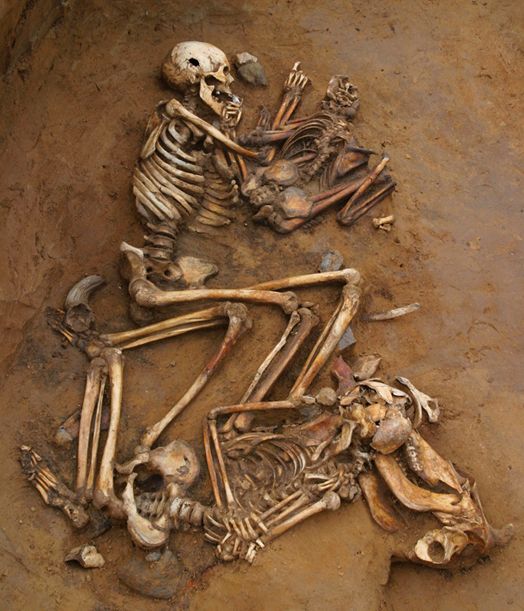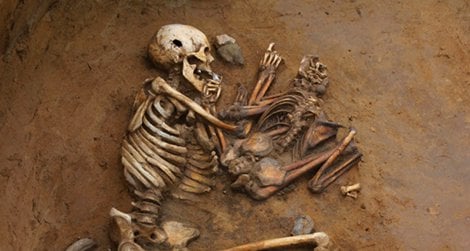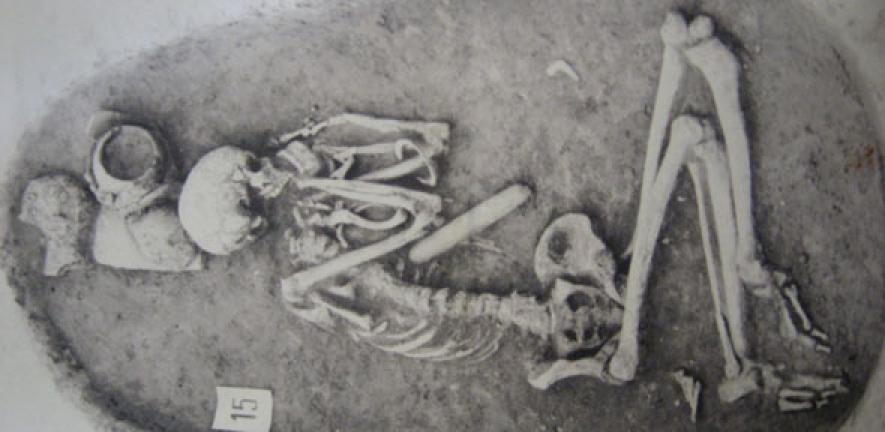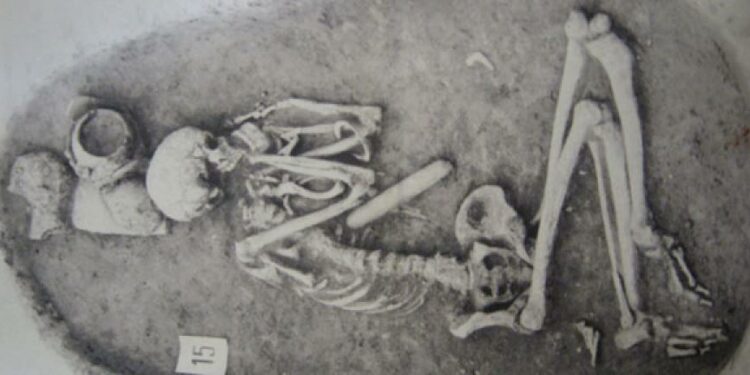The skeletons, which are between 7,500 and 3,500 years old, contain DNA that may be used to track migration waves from all over Europe.
It is not only the living who improve the subject of genetics: The DNA stored in our ancestors’ brittle bones can reveal a lot about our genetic past. Such is the case with a new genetic history of Europe, published today in Science by an international team of experts.

These questions might be answered by the new genetic history. Researchers from the Australian Centre for Ancient DNA (ACAD) at the University of Adelaide, the University of Mainz, the State Hermitage Museum in Halle (Germany), and the National Geographic Society’s Genographic Project derived mitochondrial DNA from the teeth and bones of 396 prehistoric skeletons to try to piece together Europe’s vast genetic history. These bones were discovered in a small, constricted area within the German state of Saxony-Anhalt, an area that had previously been identified to contain several usable skeletal samples in prior research.
“We retrieved DNA from almost 400 samples of skeletal individuals.” And we got unequivocal results that could be confirmed for 396 of them,” says ACAD’s Dr. Wolfgang Haak, one of the study’s primary authors. “Since DNA does not survive in all people, that was a tremendous success rate.”
The study featured a lot of previously unpublished data, including 10 times the amount of mitochondrial DNA studied in previous studies, making it the greatest assessment of ancient DNA to date. According to Haak, the researchers were able to compile a “gapless record…from the earliest farmers until the early Bronze Age” with such a massive amount of data.

They were taken aback by what they discovered. Haak and his colleagues previously used ancient DNA to show that Central European lifestyles shifted from hunter-gatherers to farming around 5,500 BCE, shortly after a wave of migration from the Near East, as evidenced by a visible change in the genetic makeup when farming first appears in the archeological record. The genetic diversity of modern Europe, on the other hand, is far too complicated to be described just by this migration episode.
The problem that had baffled Haak and his colleagues–until now. The researchers were able to establish when alterations in mitochondrial DNA happened by obtaining samples from specimens that formed a complete timeline in Saxony-Anhalt. They discovered that while DNA patterns altered with the introduction of farming, they also changed thousands of years later, confirming their previous findings.
Researchers suggest that the genetic history of Europeans was influenced not just by a migration of farmers from the Near East, but also by subsequent migrations from cultures in the west (what is now the Iberian Peninsula) and east (what is now the Balkans) (what is now Latvia, Lithuania, the Czech Republic, and other modern Eastern European countries).

The authors’ theories on the origins of these waves of migration are based on the assumption that new cultural objects discovered in a certain place must have been carried there by people from far away. However, new technologies and artifacts do not, by themselves, imply that migrations have occurred to replenish the gene pool: as Haak points out, using an iPod does not make one particularly American, European, or anything else. Nonetheless, new tools and technologies appear to have gone hand in hand with genetic influxes, at least in ancient times, when migrants took old practices to their new countries.























